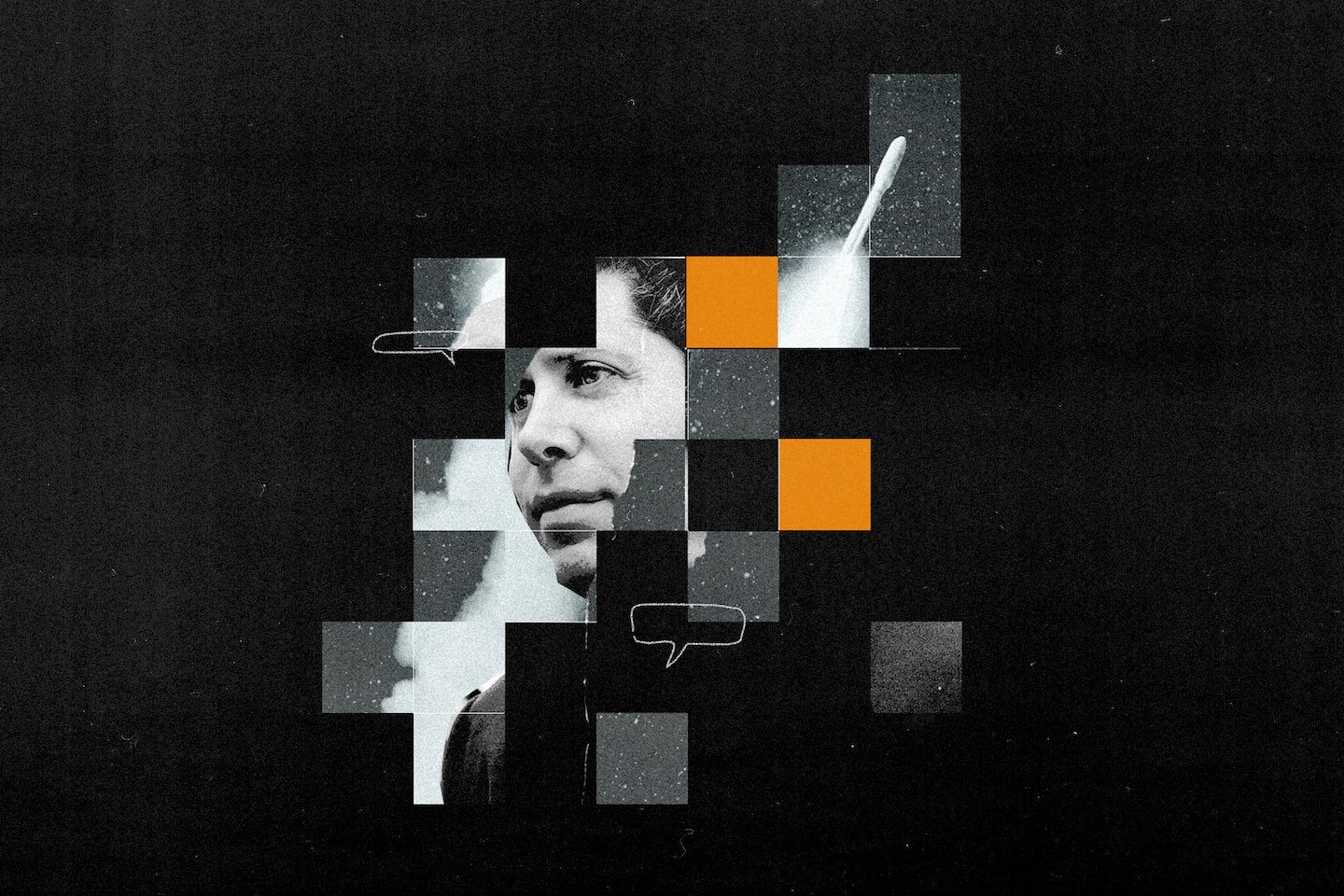Tesla’s Robotaxi Service: A Rough Road Ahead
A Promising Launch in Austin
In late June, Tesla’s much-anticipated Robotaxi service officially launched in Austin, Texas, marking the company’s ambitious foray into autonomous transportation. Brought to life by Elon Musk’s vision, this self-driving taxi system aims to redefine urban mobility. However, just months into its operation, the service is facing significant challenges, including multiple crashes.
Crashes Reported: A Disconcerting Trend
According to a recent report from the National Highway Traffic Safety Administration (NHTSA), Tesla Robotaxis have been involved in four notable crashes since September. The most recent incident occurred when a robotaxi collided with a fixed object inside a parking lot, highlighting potential vulnerabilities within this advanced system. Observers have raised concerns about the implications of these accidents, especially given that a human safety monitor was present during each ride.
State Regulations: The Need for Safety Monitors
Texas state law has mandated that companies like Tesla must have a human safety monitor onboard their Robotaxis. This requirement stems from the vehicle’s specific level of automated driving capability. These monitors are equipped with a killswitch to regain control should Tesla’s self-driving system fail. This regulation underscores the cautious approach regulators are taking towards autonomous vehicle technology.
NHTSA’s Role: Holding Companies Accountable
The NHTSA plays a crucial role in overseeing motor vehicle safety. Companies specializing in autonomous vehicles must report crashes to the agency within just five days of being informed of any incidents. This transparency is essential in understanding the safety and reliability of these emerging technologies.
Sorting Through the Data: Autonomous Driving Systems Compared
In the realm of autonomous driving, there’s a clear distinction between Advanced Driver Assistance Systems (ADAS)—commonly found in regular Tesla vehicles—and Autonomous Driving Systems (ADS) used in robotaxis. This marks an important moment as it is the first time Tesla has submitted crash reports under the ADS designation, introducing new scrutiny on its performance in real-world conditions.
Comparing Tesla and Waymo: Who’s Safer?
With both Tesla and Waymo operating ADS vehicles, Electrek, an EV news site, compared their respective incident reports. Intriguingly, Tesla’s Robotaxis have experienced significantly more crashes per mile than Waymo vehicles. This raises important questions about Tesla’s self-driving technology compared to its competitors, particularly since Waymo’s operations do not require human safety monitors.
Driving Miles: The Statistics Speak Volumes
Since its launch in Austin, Tesla Robotaxis have reportedly traveled 250,000 miles. In contrast, Waymo’s fleet has an impressive record of 125 million miles. When breaking down the statistics, it appears that Tesla’s Robotaxis experience a crash approximately every 62,500 miles. Waymo’s vehicles, however, have been involved in accidents about once every 98,600 miles—providing a stark contrast in safety records.
Transparency Issues: The Implications of Redacted Reports
One of the critical issues raised in the analysis is Tesla’s practice of redacting information from its NHTSA reports. In contrast, Waymo is known for offering a more comprehensive account of the incidents involving its autonomous vehicles. This lack of clarity raises questions about the data Tesla provides and what it could mean for potential consumers and regulators.
Navigating the Challenges of Autonomous Vehicles
Both Tesla and Waymo are venturing into uncharted territory with autonomous vehicle technology. This journey is fraught with challenges including safety concerns, regulatory hurdles, and public perception. As Tesla ramps up its operations, it must address these issues or risk undermining public trust in autonomous driving systems.
Human Monitors: A Band-Aid or a Necessary Measure?
While the requirement for human safety monitors is seen as a necessary precaution, critics argue that relying on humans to intervene in potential crises may not be a sustainable solution in the long run. As autonomous technology continues to evolve, the effectiveness of these monitors will be scrutinized closely.
The Road Ahead: Will Safety Improve?
With ongoing scrutiny from both the public and regulatory bodies, the question remains: Will safety improve for Tesla’s Robotaxi service? As both Tesla and Waymo continue to refine their technologies, understanding how they manage these challenges will be critical for their success.
Public Perception: Confidence in Autonomous Driving
Public confidence is vital for the adoption of any new technology, and the recent crash incidents may impact how consumers perceive autonomous driving. Educational initiatives and transparent communication about safety measures are paramount if these companies hope to gain consumer buy-in.
Regulatory Responses: A Growing Focus on Safety
As incidents with autonomous vehicles increase, we may see further regulatory actions. The NHTSA’s proactive stance in requiring crash reporting is just the beginning. Ongoing investigations into self-driving technology could lead to stricter regulations aimed at ensuring public safety.
Comparing Incident Rates: The Findings
The discrepancy between incident rates for Tesla and Waymo could have wider implications for the automotive industry. As Tesla works to enhance its self-driving capabilities, scrutiny of its safety initiatives will only intensify. Investors and consumers alike are keenly watching how these two tech giants tackle the complex landscape of autonomous transportation.
Innovations and Improvements: Future Prospects
The road to fully autonomous driving is filled with obstacles, but both Tesla and Waymo are committed to overcoming them. As they experiment with new technologies and approaches, we may see continual enhancements aimed at improving safety and efficiency within the sector.
Conclusion: The Future Awaits
As the Tesla Robotaxi service navigates its early days, the lessons learned from its challenges will likely shape the future of autonomous transportation. With regulatory pressures, safety concerns, and technological innovations continuously at play, both Tesla and its competitors face a critical era in the evolution of self-driving vehicles. The journey is just beginning, and how these companies adapt will significantly impact the public’s trust and acceptance of autonomous driving in the years to come.







